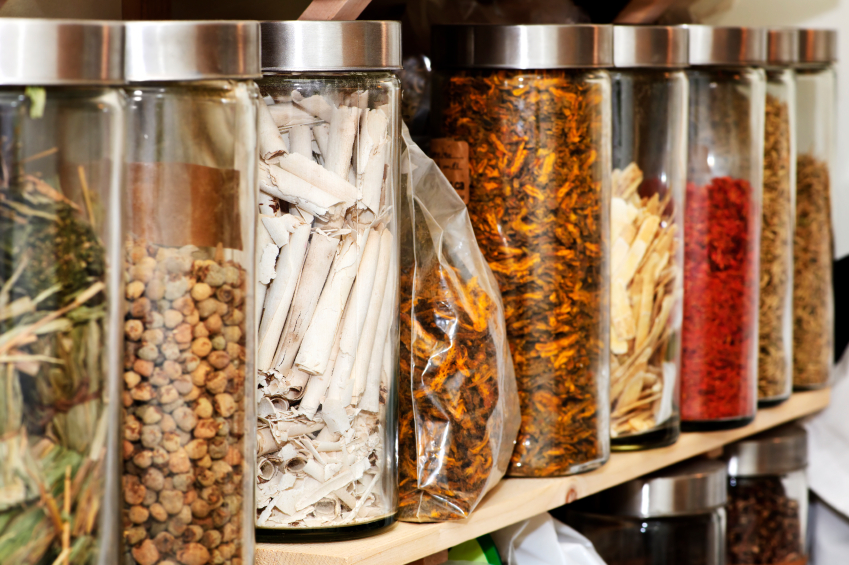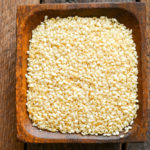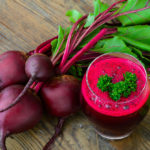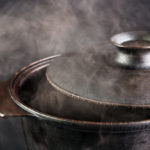
20 Feb How to Choose an Herbal Remedy That Works
Jan sat down across from me with a familiar look on her face. Hope. Resignation. Confusion. Overwhelm.
And next to her, in one of those reusable grocery store bags, was a jumble of every health food store supplement she’d bought in the past 6 months, some still unopened.
This was how Jan understood her health problem up until now – as a collection of deficiencies that she could supplement her way out of. It’s a pretty common misunderstanding, and it’s not her fault.
We fall prey to this thinking because we’ve been trained to think of wellness as a one-for-one proposition.
If anti-depressants are for depression, and statins are for high cholesterol, then there’s probably a vitamin, mineral, anti-oxidant, enzyme, or protein for every disease, symptom or syndrome.
That’s a piecemeal approach that never gets to the bottom of things. When heartburn, bloating, headaches, pain, insomnia, rashes, are viewed as unrelated and disconnected problems, each with their own separate solution, we miss the big picture.
When you take a this-for-that approach to health, you never see the patterns that emerge from looking at the bird’s eye view – like the tendency of your problem to be spasmodic, or worse in cold weather, or have a damp quality, or that stress makes it flare up. These patterns provide subtle clues to the remedy or healing method for you.
Instead of asking what pill goes with what symptom, ask what’s the nature of your misery?
- Is the problem worse or better with heat?
- Does it stay in one place or move around?
- Is there pain, and is it sharp and stabbing or dull and achey?
- Does the problem get worse when you feel tight and tense?
- Are there other symptoms that mimic the sensation, frequency or severity of the issue?
Your problem has unique qualities that distinguish it from everyone else’s. So it makes sense that the remedy you take to feel better matches YOUR variety of trouble.
Let’s look at digestion, for instance. When symptoms like heartburn, gas, abdominal pain, bloating, belching, diarrhea, constipation, cramping, or hemorrhoids get to be a regular thing, it’s time to look for patterns and apply some general rules:
Cold makes things loose, clear or white, mucusy and slow. If your digestion or stool has these qualities, you need a remedy that warms things up. Herbs like fennel seed, cardamom pod, cinnamon bark, thyme leaf, sage leaf, oregano leaf, horseradish, ginger root, rosemary leaf, garlic bulb and black pepper introduce warm, stimulating, toning properties, lessening the constant need for over-the-counter anti-diarrhea products and even relieving a constantly runny nose.
Heat makes things activate. That’s mostly a good thing, until there’s too much heat. That looks like burning or heat sensations, hot burps, irritation, bleeding, redness and swelling (anywhere in or on your body). Look for herbs that cool and calm the heat– lavender flower, mint leaf, basil leaf, dandelion root, plantain leaf, elder flower, marshmallow root.
Most of these herbs for heat coat and soothe irritated tissue, especially in the digestive tract, reduce swelling, and allow heat to clear. This can eliminate or reduce the need for anti-inflammatory medicines or antacids, which deplete essential stomach acid and worsen digestive irritation over time.
When energy gets stuck, there’s usually cramping, pain, gas, bloating or constipation. Choose herbs that relax tissues and allow the ‘Qi’ to flow. Anti-spasmodics like cramp bark, skullcap, wood betony, hops, and oat seed blend well with the hot or cold herbs mentioned earlier, depending on which category you fall into.
When both your mood and your stomach are fussy and irritable, choose herbs that soothe, heal and calm your over-sensitive nervous system: catnip, chamomile flower, lavender flower, oat seed, meadowsweet, peppermint, anise seed, blue vervain, and lemon balm.
Plants know how to repair themselves and grow in cold, hot, soggy, dry, crowded or stressful conditions. They reach around obstacles for light, water and nutrients. In you, they gently nudge your built-in healing capacity.
Remember Jan? Jan was off to a good start buying and trying supplements one at a time. Her intention was to find a natural way to solve an imbalance before it became a disease with a name.
Like Jan, you might be looking for an answer to solve the supplement puzzle and avoid expensive medical visits, tests, and medications. Looking for patterns in your symptoms helps you decide where to start.
Next time you reach for a supplement bottle at your local health food store, ask yourself ,“Is there a plant with this name that grows in nature?” If it doesn’t grow in nature, it’s not an herb. If it’s not an herb, it doesn’t carry the healing energy of a plant that’s survived and thrived against all odds. Start over and look for an herb that matches your symptom pattern.
Multivitamins, CoQ10, fish oils, and iron supplements might be useful replacements for simple deficiencies, but they won’t stimulate your body to heal itself the way herbs do.
If you’ve been struggling with a chronic problem that’s not responding to ordinary dietary supplements, turn to the plants. Herbalism is a safe, natural, and effective answer for many of today’s common ailments.




